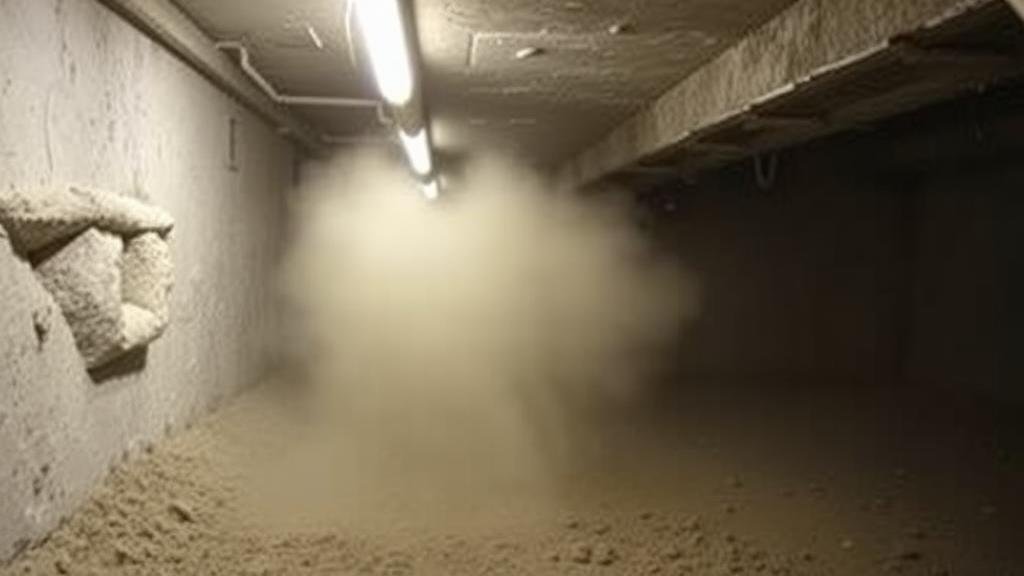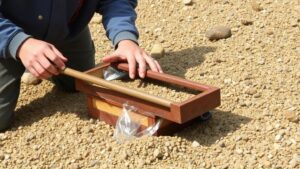How Agricola Addressed Dust Control in Underground Workspaces
How Agricola Addressed Dust Control in Underground Workspaces
Dust control in underground mining operations is a critical aspect of occupational health and safety. Georgius Agricola, a 16th-century scholar, and mining engineer laid the groundwork for many mining practices, including dust control. His seminal work, De re metallica, provides insights into techniques and methodologies that are still relevant today. This article examines how Agricola approached dust control in underground workspaces, highlighting specific strategies and their implications for modern mining operations.
The Importance of Dust Control
Dust in underground environments poses significant health risks to miners, including respiratory diseases such as pneumoconiosis and silicosis. Also, excessive dust can hinder visibility and reduce operational efficiency. Agricola recognized these hazards and advocated for measures to mitigate dust exposure.
Agricola emphasized the use of mechanical methods to manage dust in mines. He advocated for the implementation of proper ventilation systems that would not only facilitate air circulation but also minimize dust accumulation. In De re metallica, he described methods to create air flow through ventilation shafts and the strategic positioning of fans and bellows.
- Ventilation shafts and air tunnels to assist in air circulation.
- Use of bellows to boost air exchange and dilute harmful particles.
These concepts predated modern ventilation standards, highlighting Agricolas foresight in the importance of airborne particulate management.
Water Suppression Techniques
Also to mechanical ventilation, Agricola advocated for the use of water as a dust suppressant. His observations indicated that dampening the work environment significantly reduced dust levels. This practice is supported by contemporary studies that show the effectiveness of wetting agents in controlling airborne particles.
- Water spray systems to wet materials during drilling and handling.
- Reservoirs or water sources strategically placed within the mine for easy access.
Water suppression not only improved air quality but also decreased the likelihood of explosions caused by dry, combustible dust.
Agricola understood that a clean working environment facilitated better health outcomes for miners. He recommended the removal of debris and the implementation of structured waste management systems. This focus on hygiene extends into modern practices such as routine cleanup schedules and proper waste disposal methods, which further enhance safety and operational efficiency.
- Regular cleaning of work areas to remove dust accumulations.
- Useation of waste disposal protocols to manage debris effectively.
Agricola was a proponent of educating miners about the risks associated with dust inhalation and the importance of employing safe practices. Training programs that emphasize safety equipment usage, such as respirators and proper handling techniques, are direct descendants of Agricolas ideas. Educating workers about the dangers of dust and encouraging proactive behavior significantly reduces health risks.
While Agricolas work was rooted in the mining practices of the 16th century, many of his approaches can be seen in contemporary mining operations. For example, underground mines today utilize advanced ventilation systems that operate on principles laid out by Agricola. Dust control is mandated in mining legislation worldwide, reflecting his enduring influence on mining safety standards.
Conclusion and Actionable Takeaways
Agricolas contributions to dust control in underground workspaces are invaluable to the mining industry. By integrating mechanical ventilation, water suppression, hygienic practices, and education, modern mining operations can enhance worker safety and health. Key takeaways include:
- Use effective ventilation systems tailored to specific underground environments.
- Use water suppression techniques to minimize dust generation.
- Maintain cleanliness and organization in workspaces to reduce dust accumulation.
- Educate and train miners continuously on dust-related hazards and control measures.
By honoring Agricola’s legacy and applying these principles, the mining industry can further advance its commitment to worker health and safety.



